Right at the heart of the Salcombe-Kingsbridge Estuary lies ‘The Saltstone’, an unassuming small island that has variously been known as the ‘Salstone’ and ‘Salt Stone’ through its history.
It is a small rocky outcrop of a red rock (I think a ‘red shist’?), topped by a small peak of gravel that shifts slightly with the waves and where cormorants sometimes like to hang their wings.
It is surrounded by mudflats that slope down into almost a triangle of channels; one that dries on the lowest of spring tides, one that becomes a shallow cove and one a tidal stream.
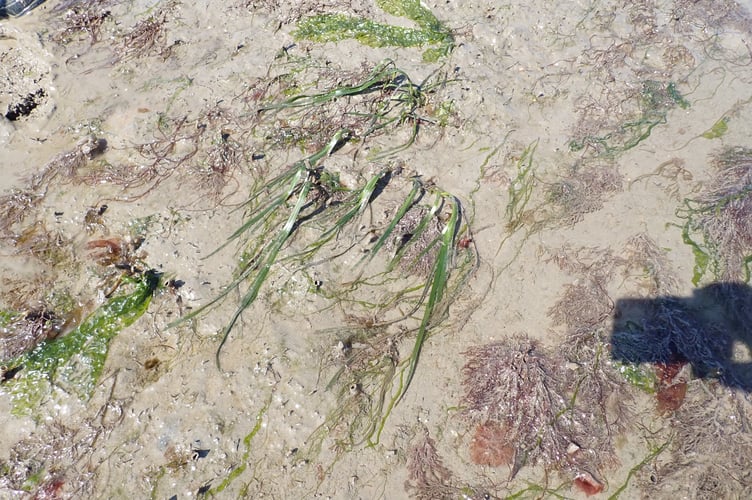
It’s probably not quite a true island as it does get completely flooded on the highest spring tides and is still connected to the point by mudflats at the lower extreme of the same spring tides.
Within the world of marine biologists, it is renowned for the unusual community of marine organisms that are supported by the sites’ unusual conditions. It is predominantly but not fully marine in terms of its saltiness of the tidal waters that bath and wash past it with the tides, and it being relatively sheltered from any significant wave energy.
It is maybe best known for its rich diversity of marine worms and a number of unusual seaweeds. It is claimed, historically, to have been a favourite foraging site for Kingbridge’s famous naturalist, Colonel George Montagu.

Maybe more famous as an ornithologist to some, George Montagu was also an accomplished marine naturalist and was the first to describe many different marine species, giving his name to several - the Montagu’s crab, the Montagu’s sea snail that is actually a fish and the not so marine Montagu’s harrier. He was also the first to describe several marine worms that the Saltstone is the ‘type habitat’ for.
Despite its riches and specialness, a consequence of living within an oozy soft sediment such as a mudflat does unfortunately mean that these same special organisms are rather vulnerable to trampling and disturbance, so visiting the site has more recently been discouraged to conserve its conditions and keep it special.
Indeed, such is the specialness of the site that I have only ever landed on the site as part of a formal survey team, once before. I had the honour of visiting the site recently, as part of a team that included other marine biologists from the Marine Biological Association and the University of Plymouth.

Our task was to carry out a periodic ‘health check’ survey to compare its marine life community now to previous surveys and consider if any change warrants any new conservation management measures.
Our survey technique is partially to carry out a survey exactly as they have done in the past for a like-for-like comparison but also considering if there is anything we can do to minimise our own footprints on the very site we are seeking to conserve, particularly for future surveys.
A low level and detailed drone survey has been flown to see what that can show us – it certainly highlights details of the island’s topography that we just don’t notice from the ground and gives us hints of how the tidal waters flow around the island, which may be significant in making this site so very special.

Thankfully we had a species list of what we were expecting to find so were able to identify some of the worms from the form of the tube they live in, such as it’s height out of the mud, the shape of the tube entrance and what the worm has made the tube from or the sediment it has adorned it with.
The survey dates chosen are those with good low spring tides so that we can survey down to the waters edge safely, although there would be something said for a survey through snorkelling or diving, that would also show up those fish etc. that migrate to the Saltstone’s shore with the higher tides. (Obviously with the close liaison and permission of the Harbour Authority).
Biosecurity was another important aspect we needed to consider – ensuring that our own clothing and our survey equipment was all checked, cleaned and dried both coming to the site and before visiting another. We did record areas of the seaweed, ‘Sargassum’ or ‘wireweed’ off the southern and western edges of the island – a species of seaweed we were concerned about over 20yrs ago but has thankfully not taken over.

We also found numbers of the Pacific oyster settled on the rocks and rather worryingly, some of the ‘worm wort weed’ that has arrived en mass in Kingsbridge Creek – only time will tell if this becomes a problem.
Unfortunately, biosecurity does need to be something that we all take more seriously – whether sailing, powerboating, paddle-crafting and indeed the likes of us carrying out surveys!
Having a cure for many of these invading species is presently beyond us, so preventing their further spread, in or out, is currently the only way.
On a positive side, we did find a football jersey ribbon-worm, spaghetti-like eggs (except that they were pink!) of sea hare sea-slugs, a small cluster of subtidal seagrass plants, a couple of Montagu’s crabs, and clusters of peacock, eyelash and Megalomma fan worms.
We are still looking for some of the rare red seaweeds that the site is renowned for but some of these organisms are never common.
An intended outcome of the survey is to highlight some of the special wildlife that does
live on the Saltstone publicly. The Saltstone is really quite small and very vulnerable to any level of disturbance, so we ask that you give this special place a wide berth to keep it special.
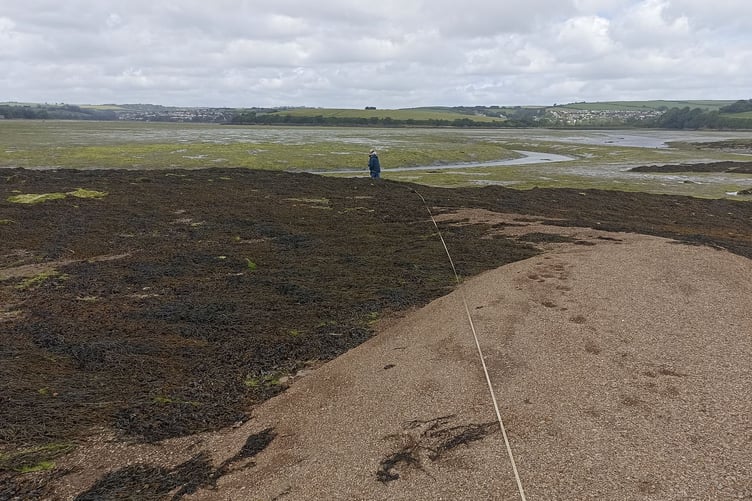
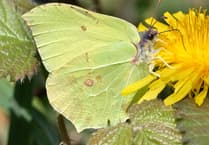
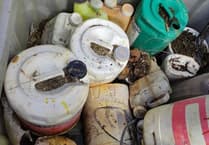
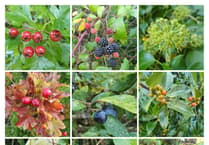
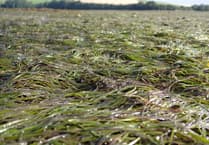
Comments
This article has no comments yet. Be the first to leave a comment.